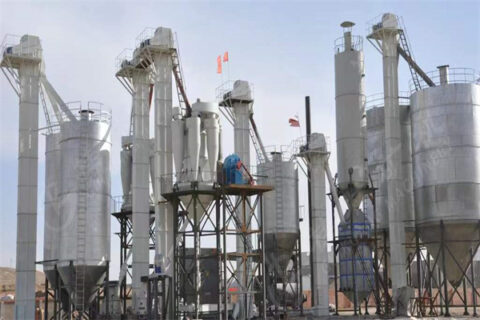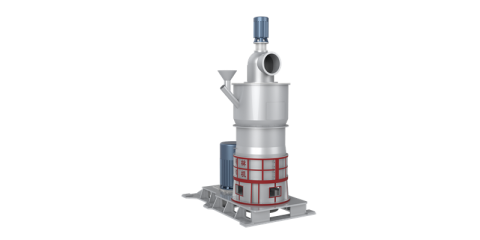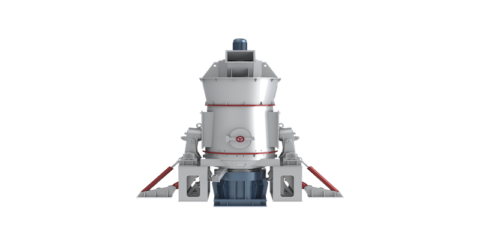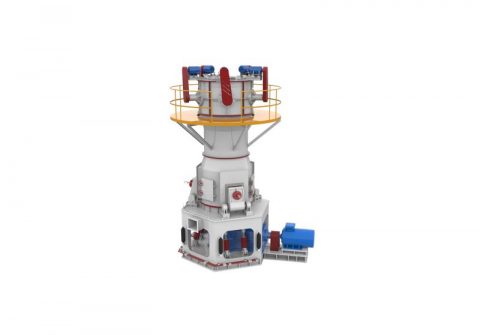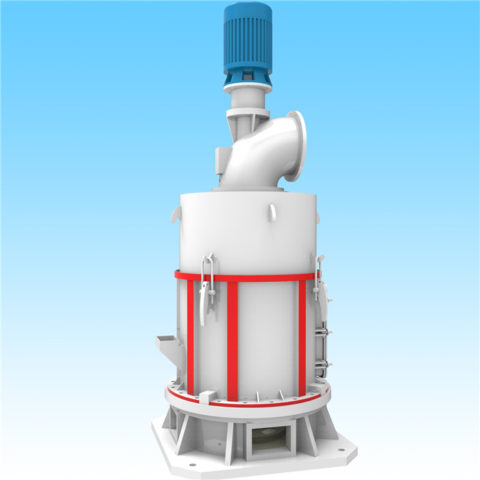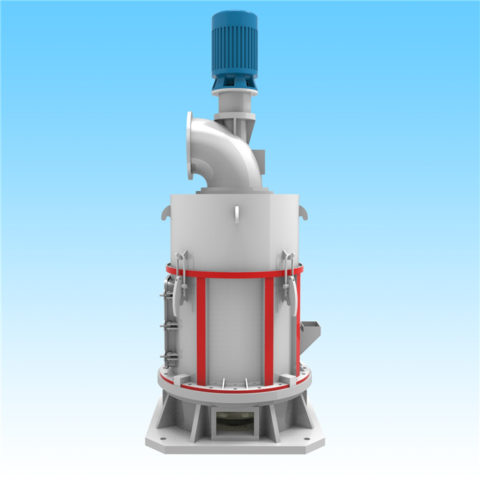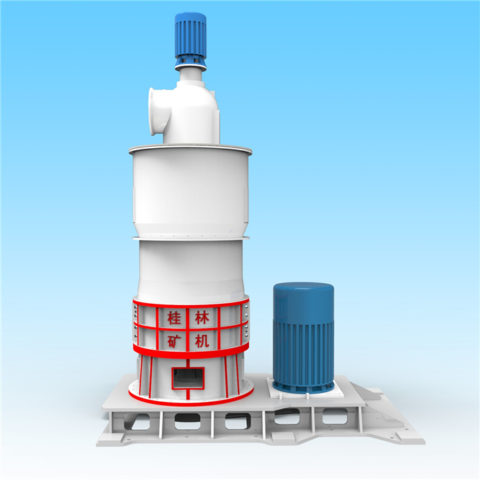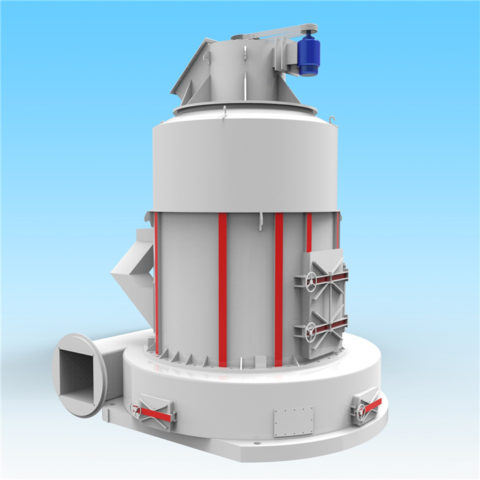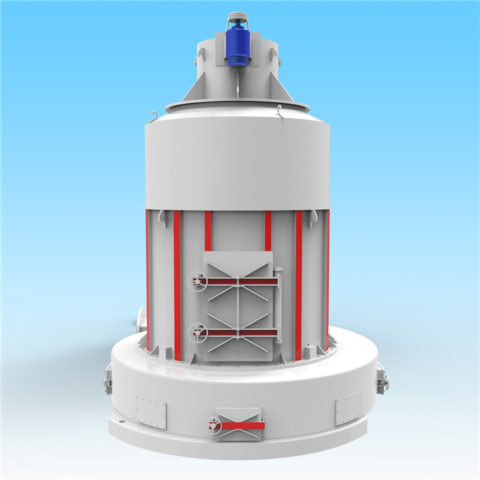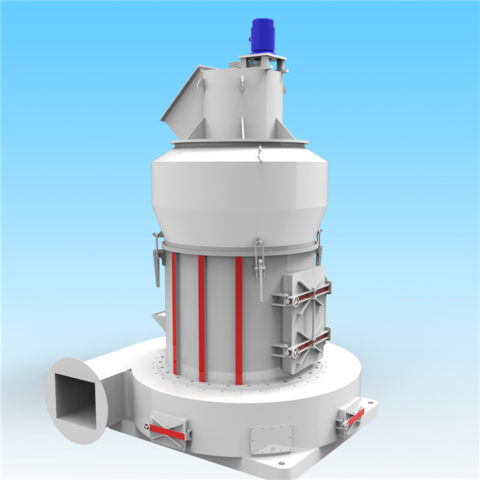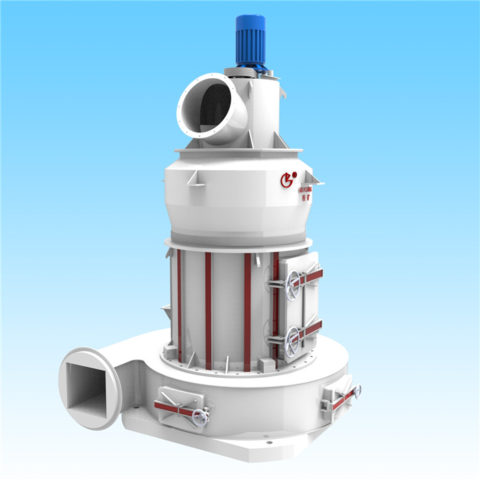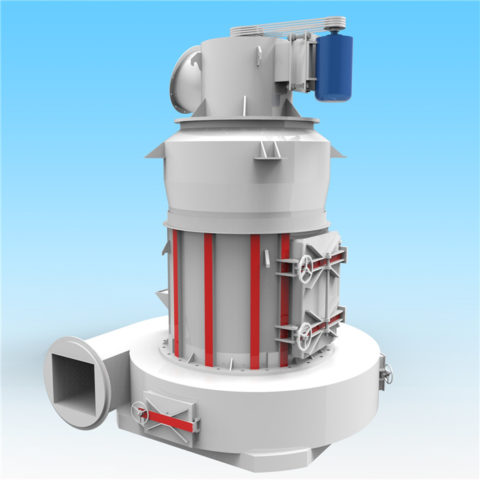The GKH ultrafine grinding mill operates on a unique working principle that enables it to achieve ultrafine particle size reduction efficiently and precisely. Understanding the working principle of the GKH mill is essential for grasping its capabilities and applications in ceramic waste processing and various other industries.
The working principle of the GKH ultrafine grinding mill involves several key components and processes:
1. Grinding Chamber:
The GKH mill features a grinding chamber where ceramic waste or other materials to be processed are fed into the mill. The grinding chamber is designed to accommodate the grinding rollers, grinding rings, and classifier components.
2. Grinding Rollers and Rings:
Within the grinding chamber, there are multiple grinding rollers and rings arranged in a concentric configuration. These rollers and rings rotate around their respective axes and exert pressure on the material being processed, facilitating grinding and particle size reduction.
3. Classifier:
The GKH mill is equipped with a classifier system that classifies the ground particles based on their size and density. The classifier separates the fine particles from the coarse particles and ensures that only the desired ultrafine particles are collected as the final product.
4. Airflow System:
An airflow system is integrated into the GKH mill to facilitate the transportation of materials and particles within the grinding chamber. The airflow helps to convey the ceramic waste or other materials to be processed, as well as to carry the fine particles away from the grinding chamber for collection.
5. Grinding Process:
During operation, ceramic waste or other materials are fed into the grinding chamber of the GKH mill. The rotation of the grinding rollers and rings subjects the material to high-pressure grinding, resulting in size reduction through compression, impact, and shear forces.
6. Particle Size Classification:
As the ground particles exit the grinding chamber, they are subjected to the classifier system, which separates the fine particles from the coarse particles based on their size and density. The classifier ensures that only the desired ultrafine particles meet the specified particle size requirements and are collected as the final product.
7. Product Collection:
The ultrafine particles collected by the classifier are discharged from the GKH mill as the final product. The product collection system may include a cyclone separator or bag filter to capture the ultrafine particles and prevent them from escaping into the surrounding environment.
GKH ultrafine grinding mill operates on a sophisticated working principle that enables it to achieve efficient and precise ultrafine particle size reduction. By harnessing the forces of compression, impact, and shear, combined with a sophisticated classifier system and airflow management, the GKH mill delivers superior grinding performance and produces high-quality ultrafine powders from ceramic waste and various other materials. Understanding the working principle of the GKH mill is essential for optimizing its performance and maximizing its potential in ceramic waste recycling, material processing, and other industrial applications.

